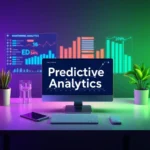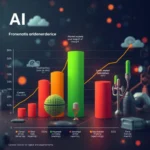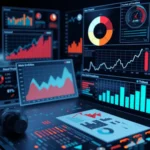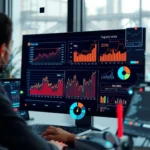Demand Forecasting
Introduction

Overview of Demand Forecasting in Predictive Analytics
Demand forecasting is the practice of predicting future customer demand for products or services. This crucial process helps businesses plan their inventory, manage production levels, and allocate resources efficiently. Effective demand forecasting can significantly impact a company’s ability to meet customer needs while minimizing excess inventory costs, thereby optimizing operations.
In today’s fast-paced market, businesses must leverage advanced concepts such as predictive analytics and big data to improve their forecasting accuracy. Techniques like time series analysis and causal modeling are often employed to identify patterns and relationships in historical data, leading to more informed predictions. By integrating these advanced methodologies, businesses can better anticipate fluctuations in demand.
Demand forecasting is closely related to other predictive analytics techniques, including customer segmentation and market trend analysis. By understanding customer preferences and broader market conditions, businesses can enhance their forecasting models. Moreover, combining various predictive analytics tools leads to a comprehensive strategy, ensuring that businesses remain agile in the face of changing demands.
Key Trends in Demand Forecasting
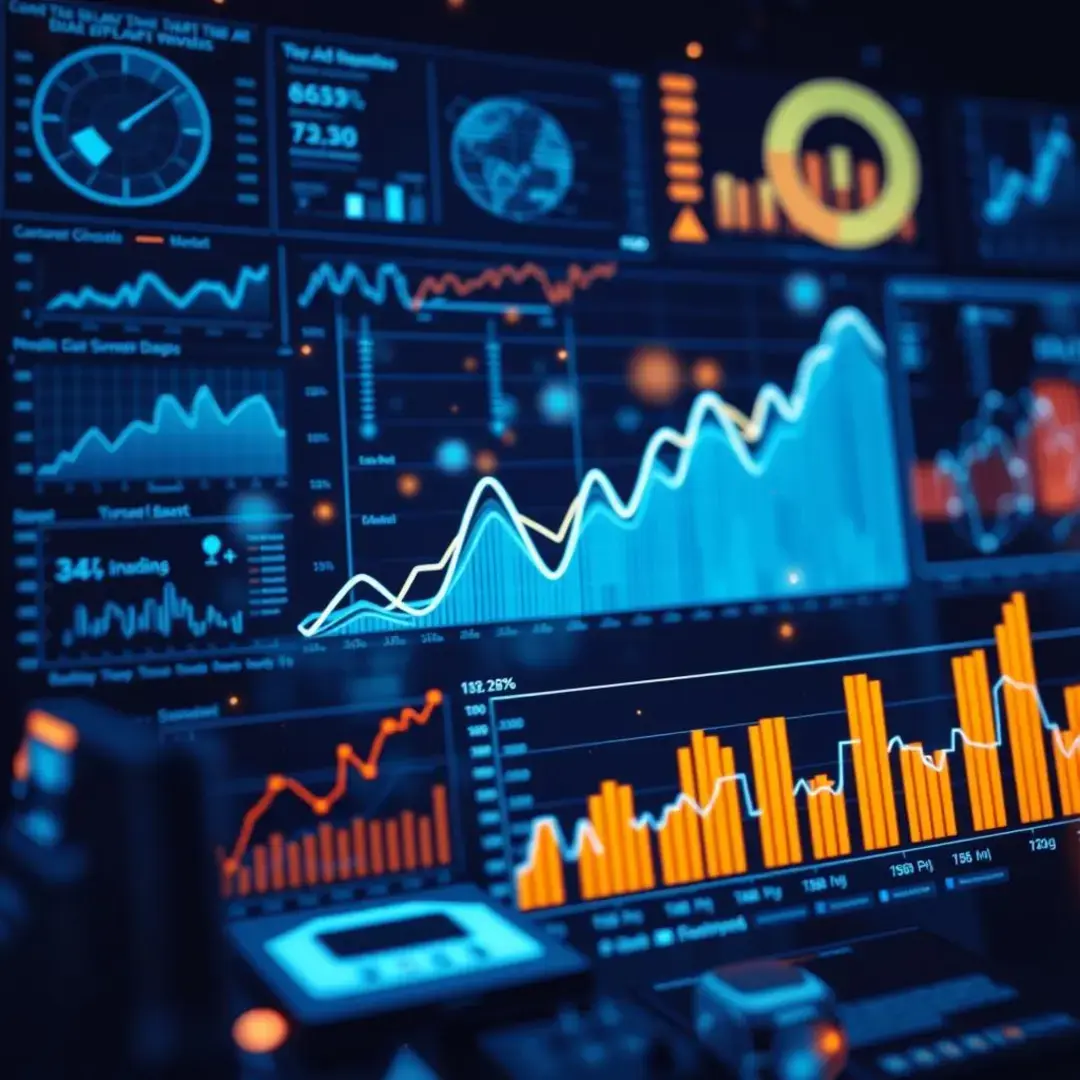
Emerging Trends
The integration of artificial intelligence (AI) and machine learning (ML) into demand forecasting has transformed traditional approaches. These technologies enable businesses to analyze vast amounts of data and uncover hidden patterns that were previously difficult to detect. By automating data analysis, organizations can achieve more precise forecasts, significantly enhancing decision-making and operational efficiency.
Modern demand forecasting increasingly relies on real-time data analysis, allowing companies to respond swiftly to market changes. With access to live data feeds, businesses can adjust their forecasts dynamically, improving their responsiveness and agility. This real-time capability is vital in industries where customer preferences and market conditions can shift rapidly.
Blockchain technology offers an innovative approach to enhancing supply chain transparency, which is essential for effective demand forecasting. By providing a secure and immutable record of transactions, businesses can access reliable data about product movements. This transparency permits better visibility into real-time demand and supply situations, ultimately facilitating more accurate forecasts.
Industry Impact
In the retail and e-commerce sectors, accurate demand forecasting directly translates to improved inventory management and customer satisfaction. By accurately predicting consumer behavior, businesses minimize stockouts and excess inventory, aligning their supply with actual demand. As a result, companies can enhance their profitability while offering a better shopping experience to their customers.
In manufacturing, effective demand forecasting ensures optimized production schedules and resource allocation. This precision allows manufacturers to maintain efficient operations while reducing waste. By understanding demand patterns, manufacturers can also strengthen their supply chain partnerships, aligning production with delivery schedules and enhancing overall efficiency.
Demand forecasting also plays a crucial role in finance and investment decisions. Investors and financial analysts rely on accurate forecasts to assess company performance and potential growth opportunities. Robust demand forecasting models can provide insights into market dynamics, enabling stakeholders to make informed investment choices with confidence.
Challenges and Limitations
Despite its importance, demand forecasting faces challenges related to data quality and availability. Inaccurate or incomplete data can skew forecasts, leading to poor business decisions. Organizations must prioritize data collection and cleansing to ensure the reliability of their forecasting models.
While advanced forecasting models offer increased accuracy, they often come with complexity that can make interpretation challenging. Stakeholders may struggle to understand the rationale behind certain predictions, which can hinder trust in the model’s results. It is essential to balance accuracy with transparency to maintain confidence in demand forecasting processes.
No forecasting model can fully account for unpredictable events, such as economic downturns or natural disasters. Market volatility poses a significant challenge, often leading to sudden shifts in consumer behavior. Organizations need to develop robust contingency plans to mitigate risks associated with unexpected demand fluctuations.
Future Outlook

Future Developments
The future of demand forecasting will likely see the emergence of autonomous forecasting systems powered by AI. These systems could perform continuous learning and adaptation, enabling them to refine their predictions dynamically. As technology advances, businesses will benefit from more efficient and accurate forecasting without the need for heavy human intervention.
Hyper-personalization will revolutionize demand forecasting by offering tailored predictions based on individual consumer behavior. By analyzing vast amounts of personal data, businesses can anticipate customer needs and preferences with unprecedented accuracy. This level of personalization will enhance customer relationships and increase loyalty.
The integration of Internet of Things (IoT) devices and edge computing into demand forecasting will enable real-time data collection and analysis. With IoT devices constantly generating data, organizations can achieve more precise forecasts grounded in current conditions. This technology will redefine responsiveness in supply chain management and inventory control.
Market Predictions
The demand forecasting software market is anticipated to experience significant growth over the coming years. As more businesses recognize the value of accurate forecasting, investments in specialized software solutions will increase. This growth will further drive innovation, leading to the development of new tools and capabilities.
As the market for demand forecasting evolves, emerging players are entering the space, offering diverse solutions tailored to specific industries. This influx of competition will prompt established players to innovate and improve their offerings. Companies must stay ahead of the curve by continuously assessing their forecasting strategies and tools.
Technological advancements are reshaping the dynamics of the demand forecasting market. From AI to blockchain technology, each innovation introduces new capabilities that can enhance forecasting accuracy and efficiency. Businesses that embrace these advancements will likely secure a competitive advantage in their respective markets.
Potential Impact on Users
Accurate demand forecasting translates to improved decision-making for businesses. By basing their operations on reliable forecasts, organizations can make strategic decisions that lead to more efficient operations. This efficiency minimizes costs and maximizes profitability, ultimately contributing to long-term success.
A high-quality demand forecasting process can elevate the customer experience significantly. Products will be more readily available, reducing frustrations for consumers. When customers receive what they need, when they need it, satisfaction levels rise, leading to repeat business and brand loyalty.
As businesses enhance their demand forecasting capabilities, new avenues for growth and innovation will emerge. By understanding market trends and customer preferences better, companies can launch new products and services aligned with consumer demand. This proactive approach to innovation can position businesses as leaders in their industries.
How to Choose the Right App
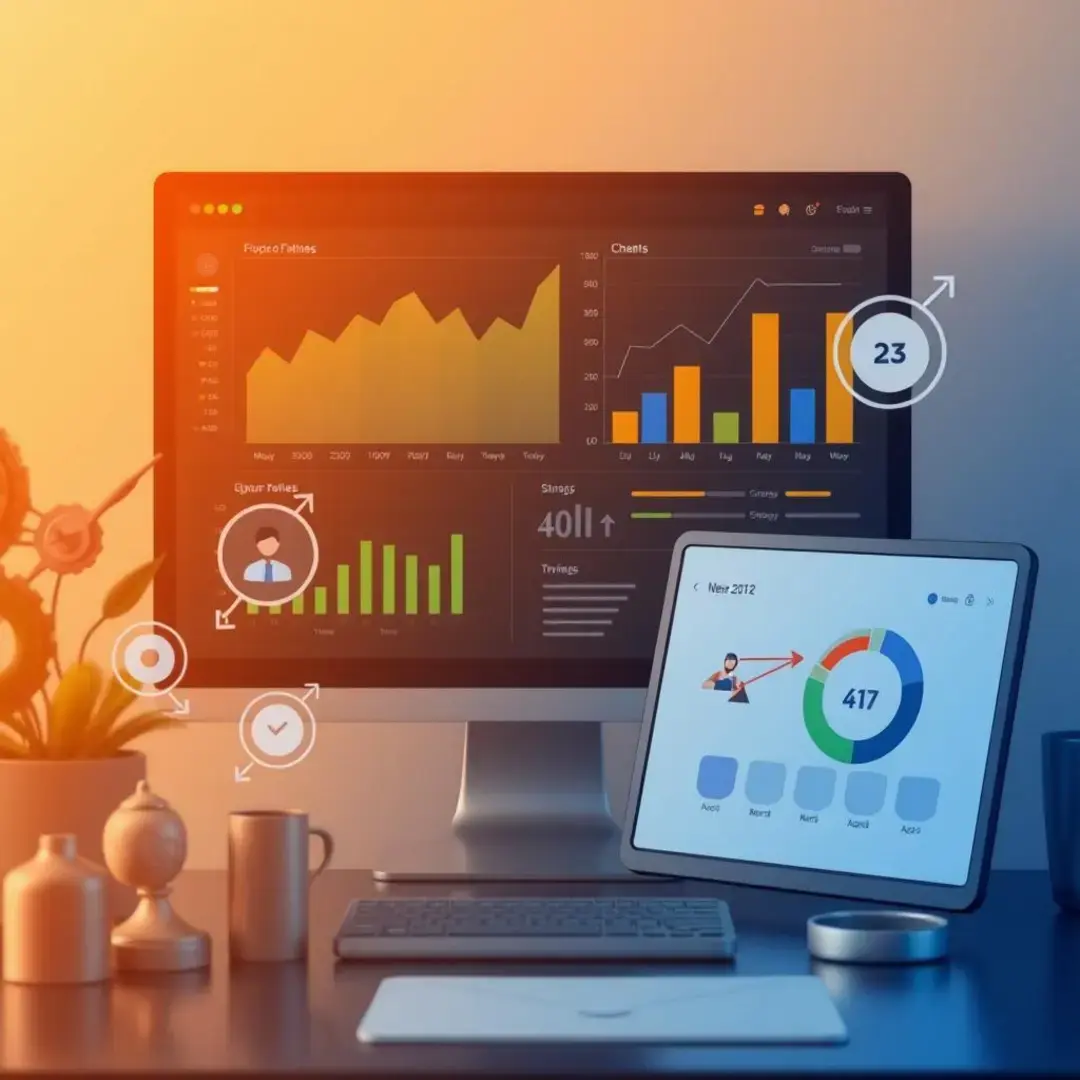
Step-by-Step Guide
Your journey begins by evaluating your current forecasting process. Identify strengths and weaknesses, and gather feedback from stakeholders to understand where improvements can be made. This comprehensive assessment is essential as it provides a clear picture of what you need from a new application.
Once you have assessed your current process, identify your specific forecasting requirements. These may include particular features, integration needs, data sources, and analytics capabilities. A succinct list of requirements will help you stay focused during your search.
Take the time to evaluate various demand forecasting applications available on the market. Compare their features, capabilities, and pricing structures. Don’t hesitate to request demos or trials to get a hands-on feel for how each solution operates within your business context.
After selecting the right demand forecasting app, focus on smooth implementation and integration into your existing systems. This may require collaboration with IT teams and adequate training for users. A cohesive implementation strategy is pivotal for maximizing the benefits of your new tool.
Finally, continuously monitor the performance of your demand forecasting app post-implementation. Regularly assess its accuracy and effectiveness in meeting your business objectives. Be prepared to optimize processes and adapt strategies based on analytic insights to ensure sustained success.
Conclusion
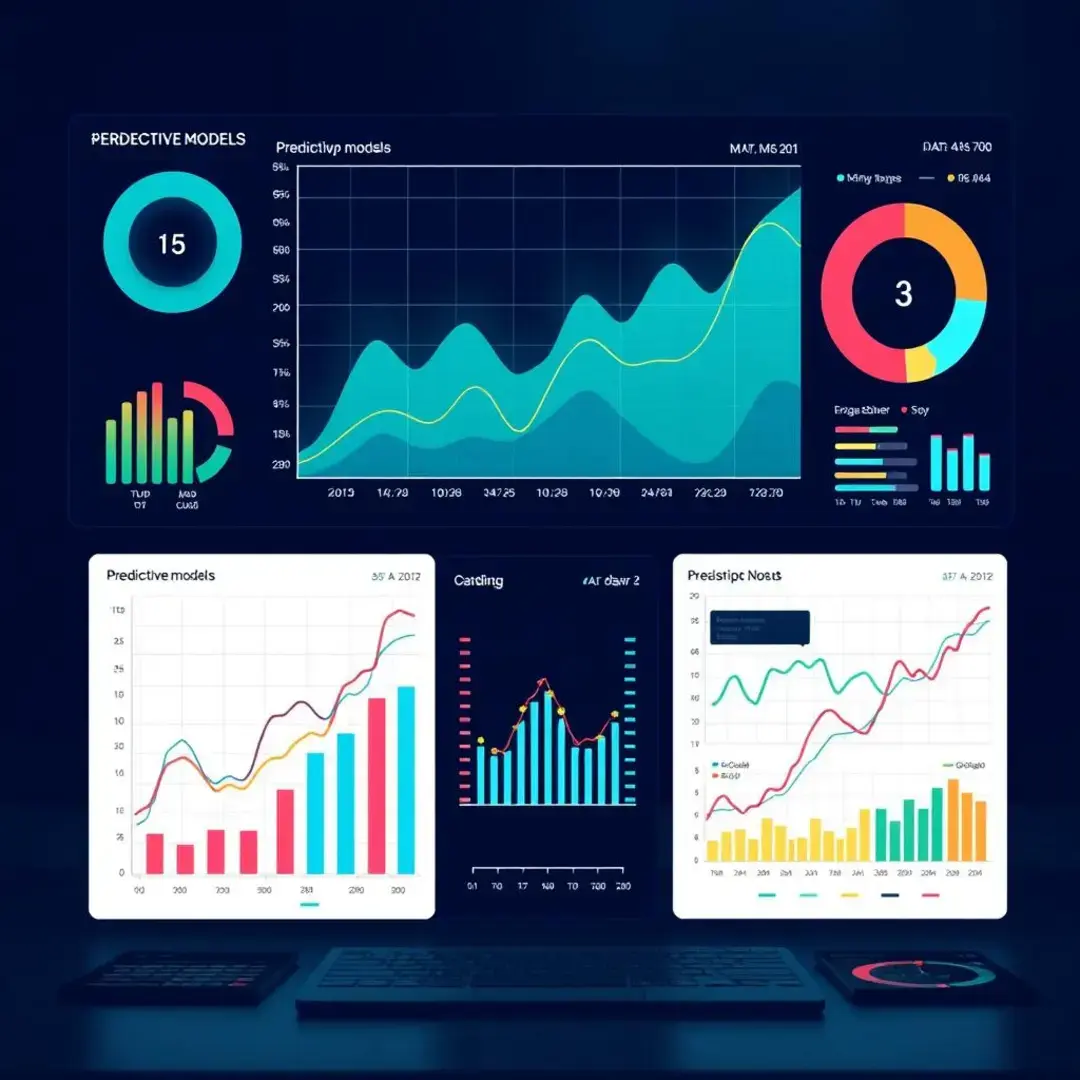
In conclusion, demand forecasting remains a foundational aspect of predictive analytics, serving as a crucial tool for businesses across various industries. By recognizing emerging trends, understanding challenges, and embracing technological advancements, organizations can enhance their forecasting capabilities and drive success. Selecting the right forecasting app tailored to specific business needs is vital for achieving maximum efficiency and operational excellence in the ever-evolving market landscape.
Factors to Consider
When selecting a demand forecasting app, the first step is to assess your business needs and objectives. Understanding what you aim to achieve with the app sets the foundation for your selection process. Whether you require high-level forecasting or intricate analytics, your objectives will significantly dictate your choice.
The ability of the app to integrate seamlessly with your existing systems is crucial. Ensure that the forecasting app can pull data from various sources without major disruptions. This integration capability will enhance the overall efficacy of your forecasting processes.
As your business grows, your forecasting needs may change. Select an app that is scalable, allowing you to adapt your forecasting models as your operations expand. Moreover, evaluate the app’s performance under various loads to ensure it meets your growing demands.
A user-friendly interface can significantly impact the adoption of any technology within your organization. Choose an app that is intuitive and easy to navigate, enabling your team to readily access vital insights without extensive training. A well-designed interface fosters engagement and maximizes the potential of the tool.
Finally, consider the cost and potential return on investment (ROI) of the forecasting app. While some applications may appear expensive, the value they provide in terms of increased accuracy and efficiency could justify the cost. Carefully analyze both direct and indirect benefits before making your final decision.
